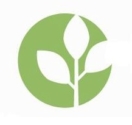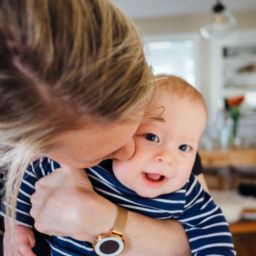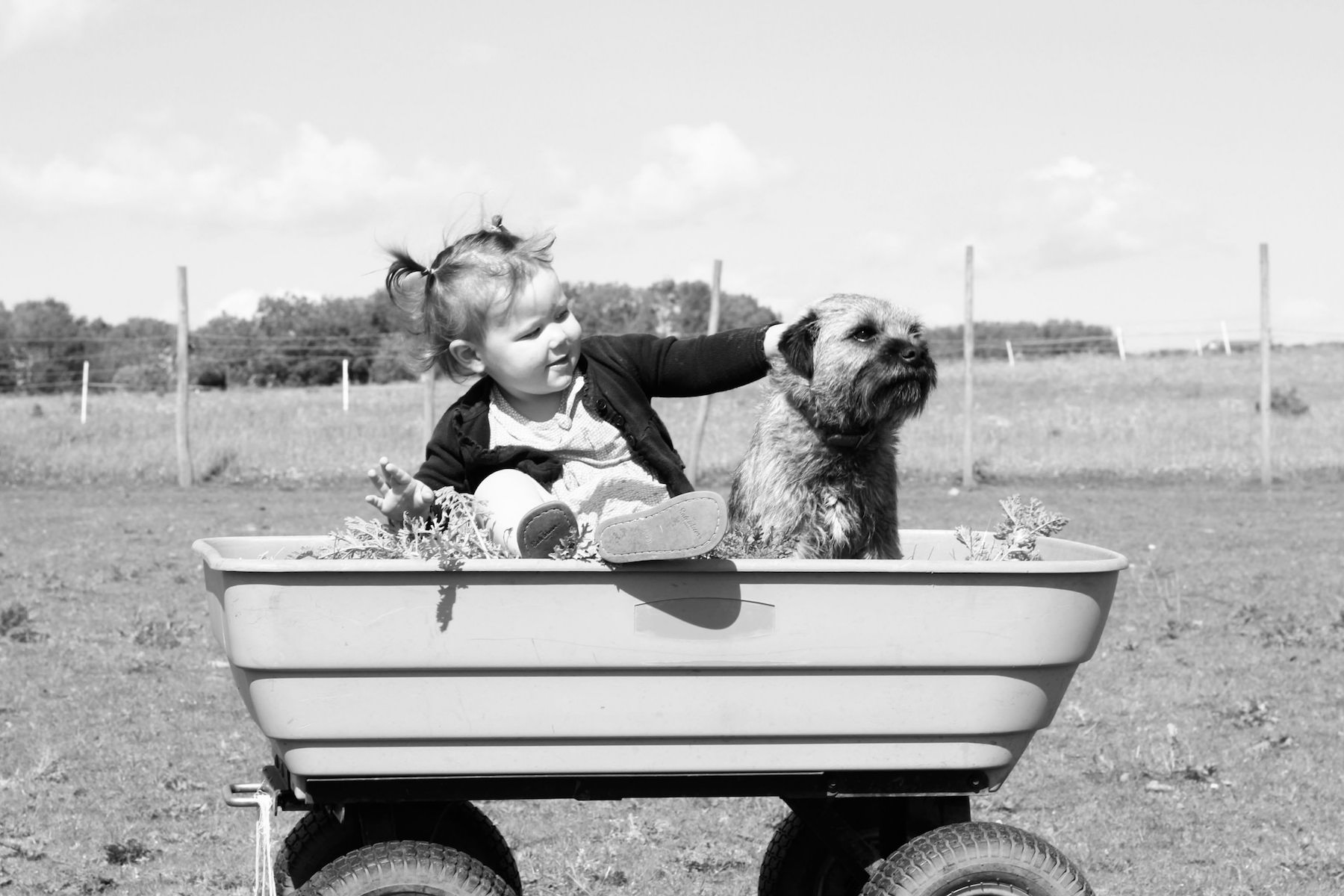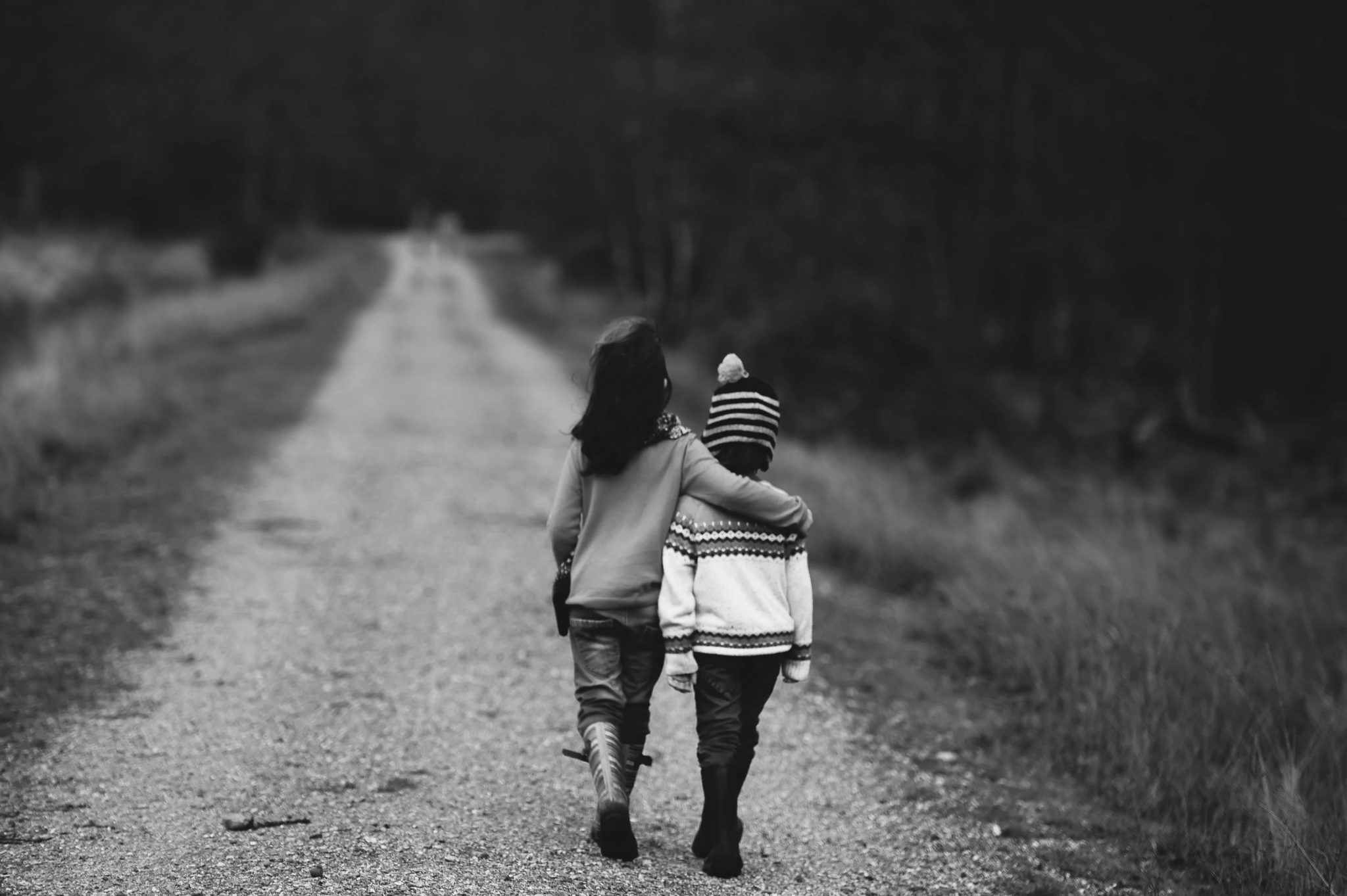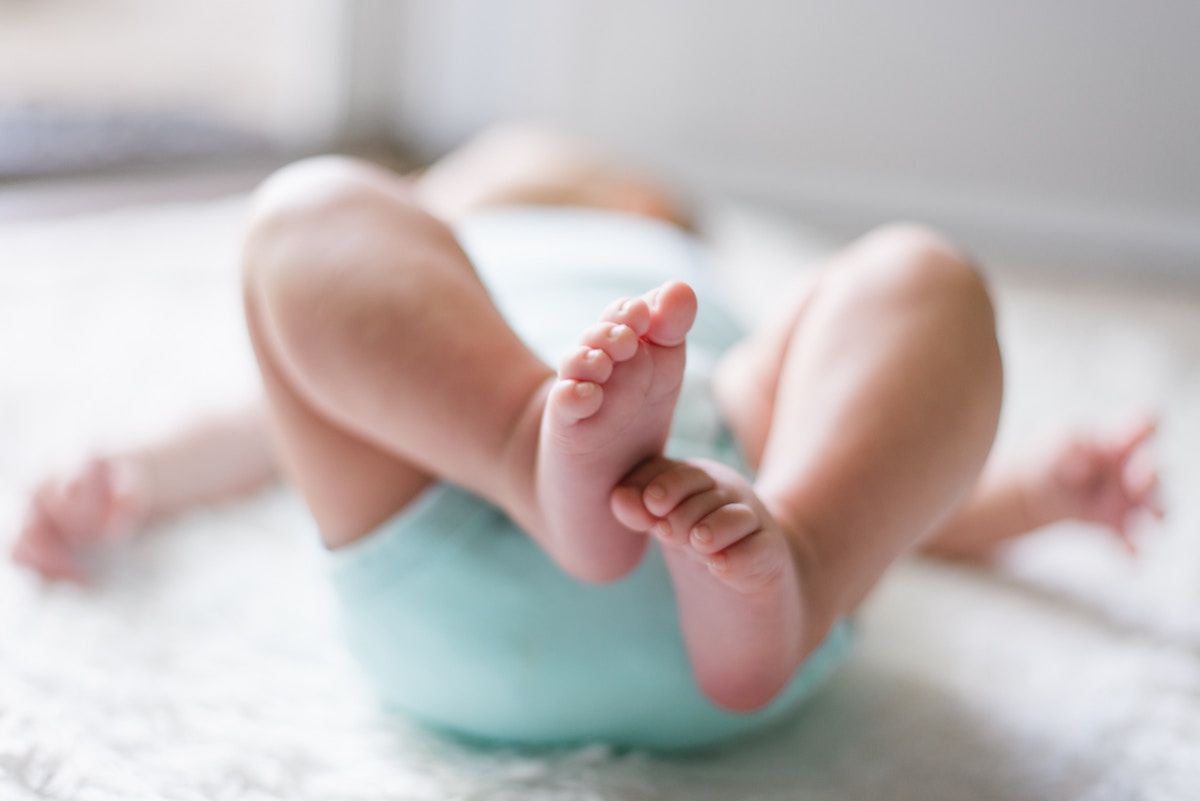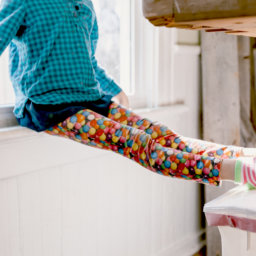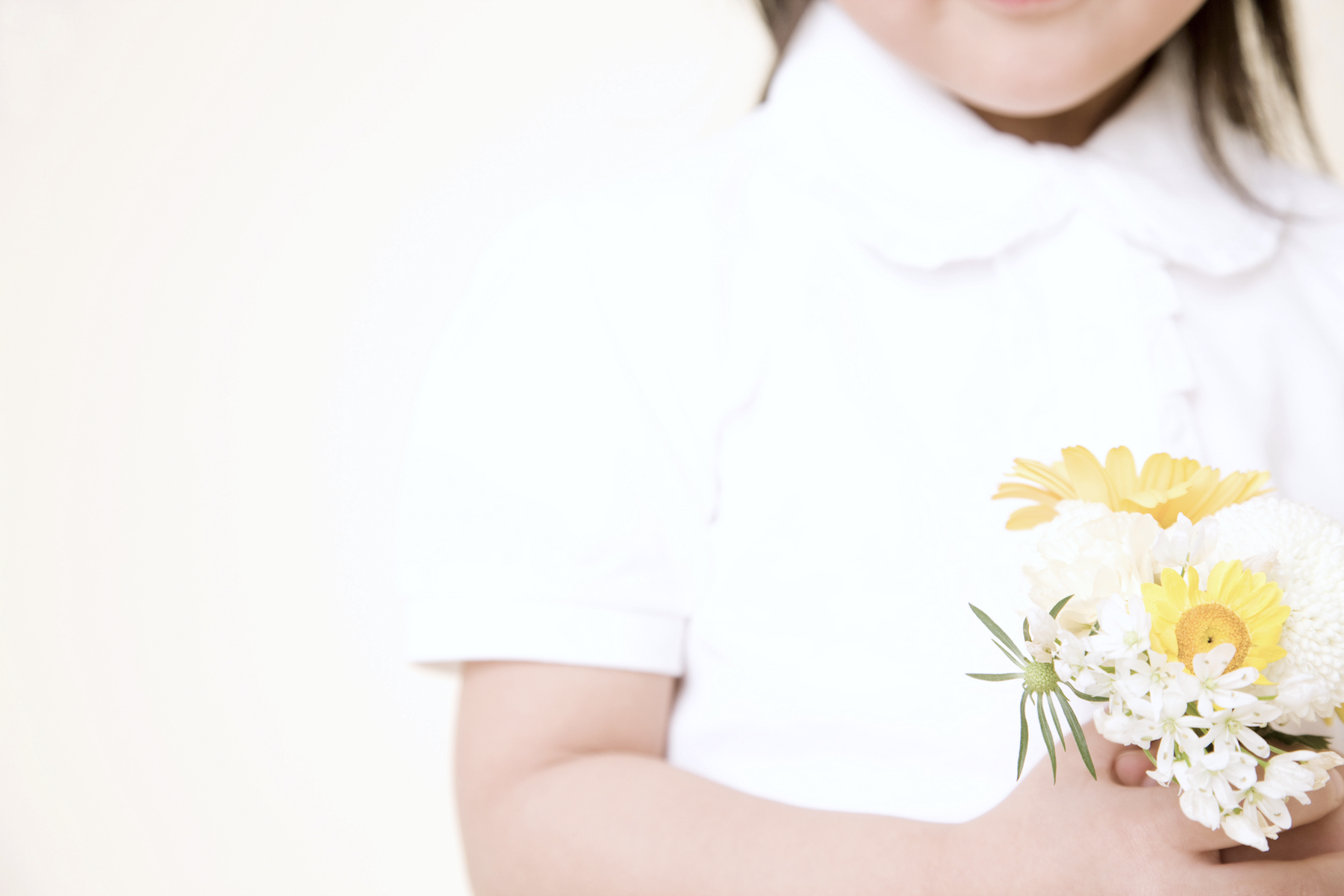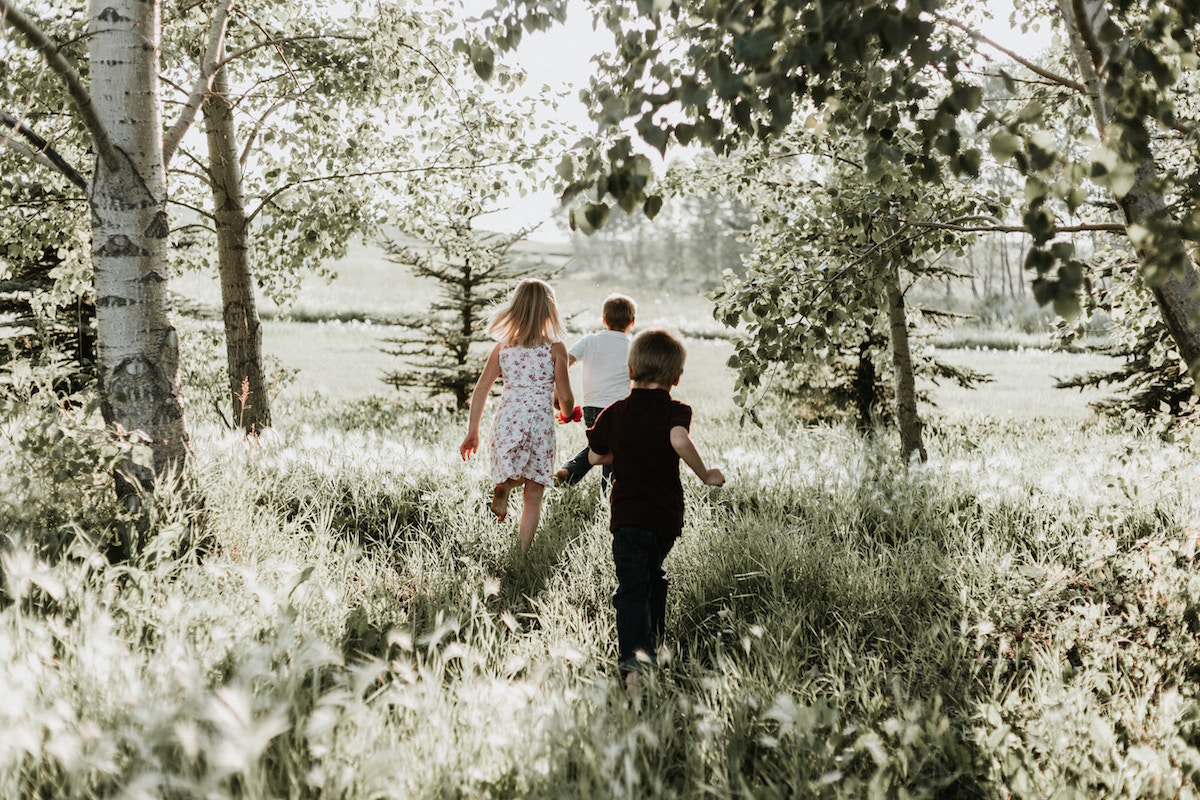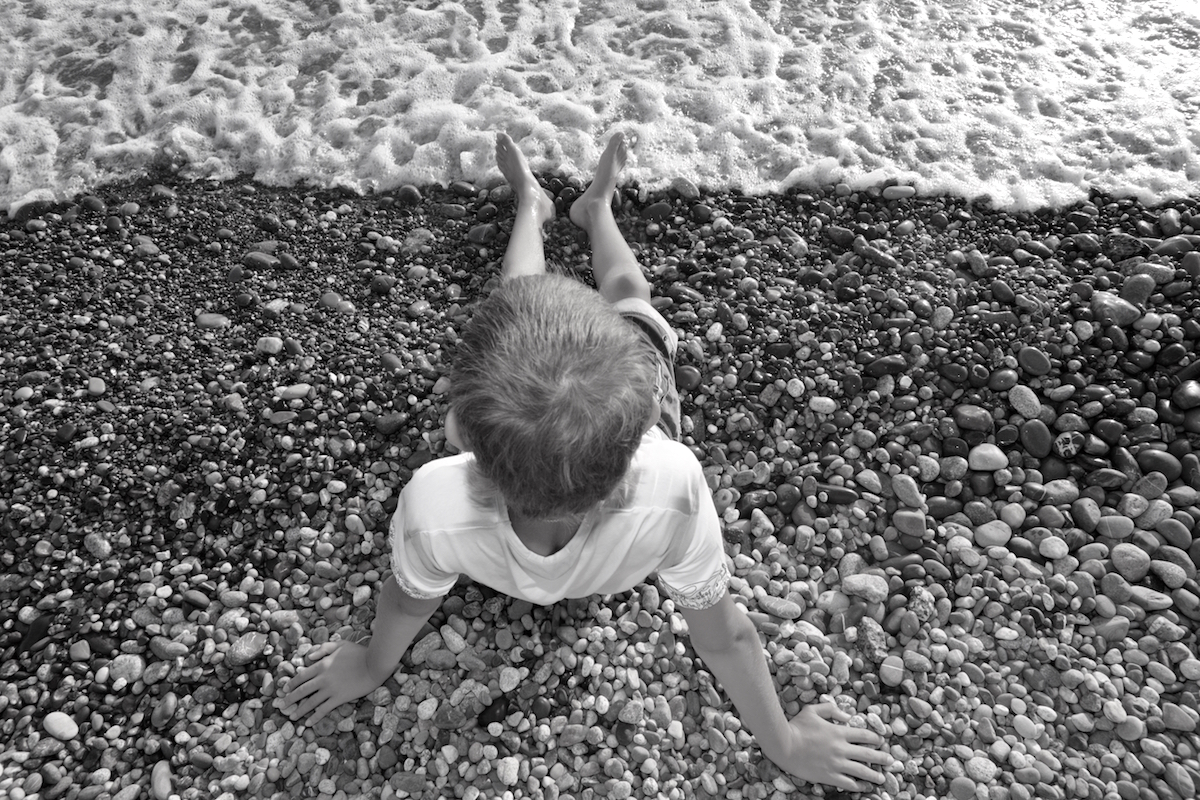Does having a basic trust in life pull a person away from the ego and into their being?
In Facets of Unity, AH Almaas discusses how the presence or absence of basic trust can pull a soul towards or away from Being. We all develop an ego; he states that the degree to which we identify with it is based on how much trust we have.
What is Basic Trust?
What AH Almaas calls “basic trust” is simply that. It is trusting that life and the universe are fundamentally benevolent, loving, and supportive of our journey and evolution. This isn’t trusting in some thing or someone, and it is not diminished by challenging times. It isn’t the trust we place in another person to take care of things, whether it’s how the governments are directing our tax dollars, our business partner being reliable, or our life partners bringing us happiness.
Basic trust “gives you an implicit orientation toward all circumstances that allows you to relax and be with them. You feel in your bones that you are and will be okay, even if the events at the moment are disappointing or painful, or even completely disastrous. Consequently, you live your life in such a way that you naturally jump into the abyss without even conceptualizing that you will be okay, since you have the implicit sense that the universe will take care of you.” [1]
The worldview and the mindset we have are so very different whether we hold this basic trust. It’s that question Einstein asks – do you believe the universe is friendly or not?
Let’s talk transformation.
The process of transformation, as we decondition and move back/toward our Being, requires us to let go of our ego identification. Letting go of our identity can be terrifying. The more closely we identified with the labels we’ve taken on – successful entrepreneur, single mom, trauma survivor, tenured professor, for example, the more our reality and worldview are tied to it. This is not to invalidate any of our experiences. The question is how much does your existence centre around those experiences and inform how you see your world and if you are ready to transform through them?.
While the “old me” is crumbling away, who is the new me? Who am I really? What are the stories of who I am now? Not knowing that is the scary part, this unknown, this feeling of annihilation and of not existing solidly. This is the abyss AH Almaas is referring to. This is also why the current ghosting and cancel culture and the exile practices of the past are so unnerving. The ego and the whole idea of who we are is threatened, dismissed.
Having basic trust helps jumping into the abyss easier. Because you will stop clutching at the past, at “normal” or this idea that existence is only material. Even if the free fall is ungrounding, eerie, and frightening, you know that “this too will pass”, that this is part of the process. You know that what is familiar and the old must dissolve, for the new to arise, to align with what is truly you, and with life. Basic trust is unconditional, this capacity to surrender to life’s mysterious rhythms.
When we don’t have this basic trust, we feel lack and separate and we are led by our ego’s fear-based perspective and machinations. This is the distrust of a higher order which makes someone feel they won’t be taken care of. It is a victim mentality and the ego will lead the person through a fretful existence and strategies of manipulation, force over power, to ensure our needs are met. Life then is not freedom; it becomes a struggle, full of resistance.
Basic Trust & The Holding Environment
Do you have basic trust? It’s more in degrees, rather than an absolute yes or no. While events during different developmental stages can contribute, there is a primary barrier to embodying basic trust completely. The overall environment and background of our childhood determines our connection to divine love, conscious presence, Christ consciousness, or what AH Almaas calls Living Daylight. This most accessible of the “boundless cosmic dimensions” is the source of basic trust and expresses beauty, abundance, and lovingness.
This background and environment is the “holding environment”. The child has yet to develop their sense of self as separate; they have no reason to question their place in the world. Consistency and stability of their environment supports the continuity of being for them. They can feel safe and secure in a way that they can depend on. It is being physically held with lovingness, and an emotional environment that is not fraught with tensions. Parents and the family are able to resolve difficulties, deal with stress, and navigate difficult situations in an appropriate and healthy way.
This type of environment allows the child’s consciousness to develop naturally and steadily. The child remains connected with the universe, even when there are disruptions in this holding from time to time.
The more consistent the disruptions, the more the child will start to feel lack. Over time, their sense of Being can begin to unravel and manifest as a reaction to these disruptions and as different ways to ensure their survival. This can be people pleasing, hiding their needs, throwing tantrums for attention, and being deceitful.
Rather than the development unfolding naturally, and rooted in basic trust and connection with the universe, it is more focused on ego activity and based on a lack of trust and reactivity.
In Facet of Unity, AH Almaas discusses how the holding environment is key to the degree of basic trust a person holds. This is essentially feeling and believing their soul is held by the universe, which supports them through challenging times and leaping into the abyss into transformation.
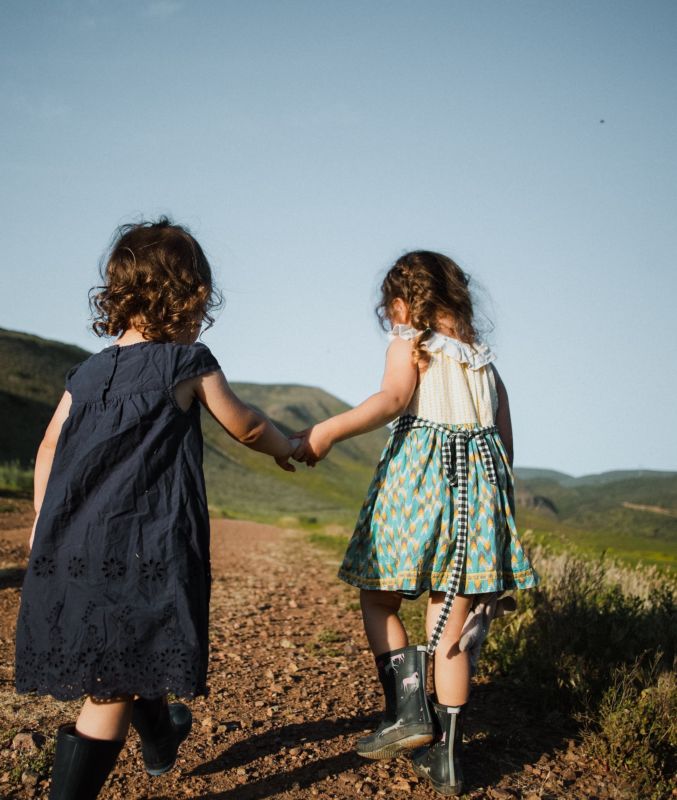
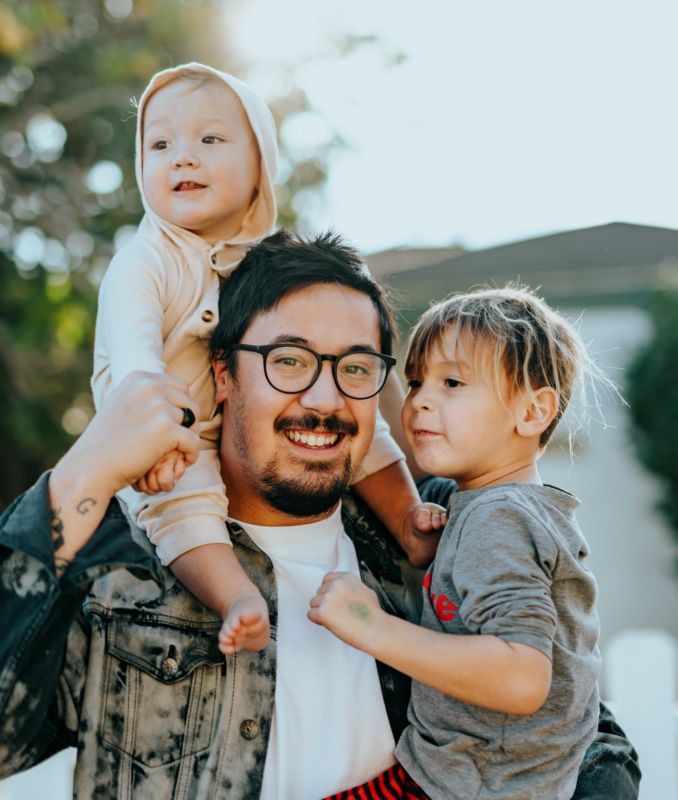
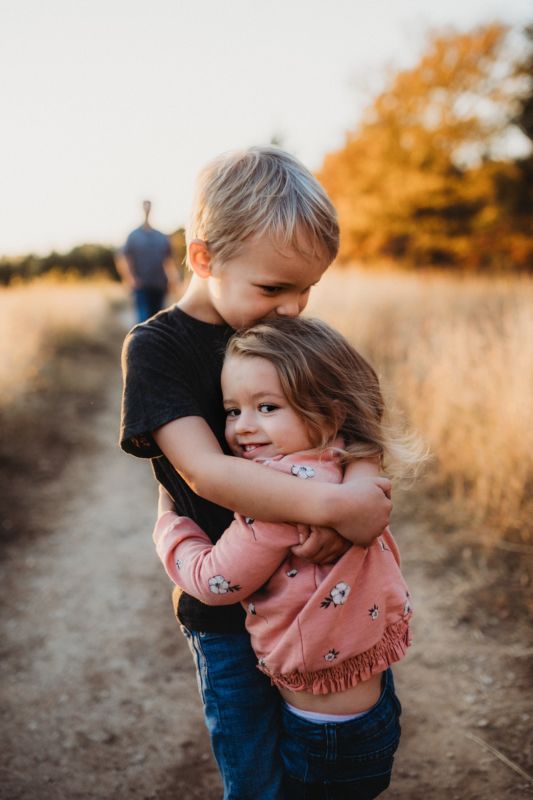
In the past 21+ months, the world has visibly changed in a way that we probably did not fathom. The holding environment for everyone has been disrupted. We are in the abyss, whether we know it or not, whether we are ready or not. What about the children? From the infants who felt these seismic changes while still in the womb, perhaps even being subjected to untested medical technology to the children whose sense of security is undermined as their caregivers are trying hard to understand, cope with, and adapt to uncertainty and roller-coaster changes. Mental health, from isolation, politicized policies, breakdown of worldview, lack of access to therapy, etc, has suffered a potent blow. Never mind the cancel culture, censorship, and self-admitted FB opinion checkers that exclude certain groups and open discussions.
What can we do?
As adults, it is essential to be honest with what is happening and to look radically at our own lives. Many of us have taken this opportunity to contemplate what is important to us, and hopefully better align with our true values. Perhaps you’ve also taken this time to look inward at where you carry wounds, anger, disappointment, regret, and bitterness. Do you have the support you need to heal these gaps, these cracks? Do you know where to connect with the correct network or practitioners?
If you are looking, here are some considerations:
- Venus Sequence – learn about your Core Wound, the wound patterns that were imprinted during childhood, and how to release them. Learn about the Venus Sequence
- Learn what your ennea-typ is and to understand what your pattern is, in response to continuous disruption in your holding environment as a child. Check out Facets of Unity by AH Almaas
- EMDR therapy
- Quantum Biofeedback – to re-align your Assemblage Point, release blockages, etc and to use this amazing modality as a way to understand what your challenges are.
- Learn about your design and how you are wired. We live in a world full of conditioning forces. By understanding your design, you become aware of where you are most vulnerable to these homogenizing forces. That awareness alone is a pivot point.
[1] Almaas, AH. Facets of Unity. Diamond Books, 1998. p23.

